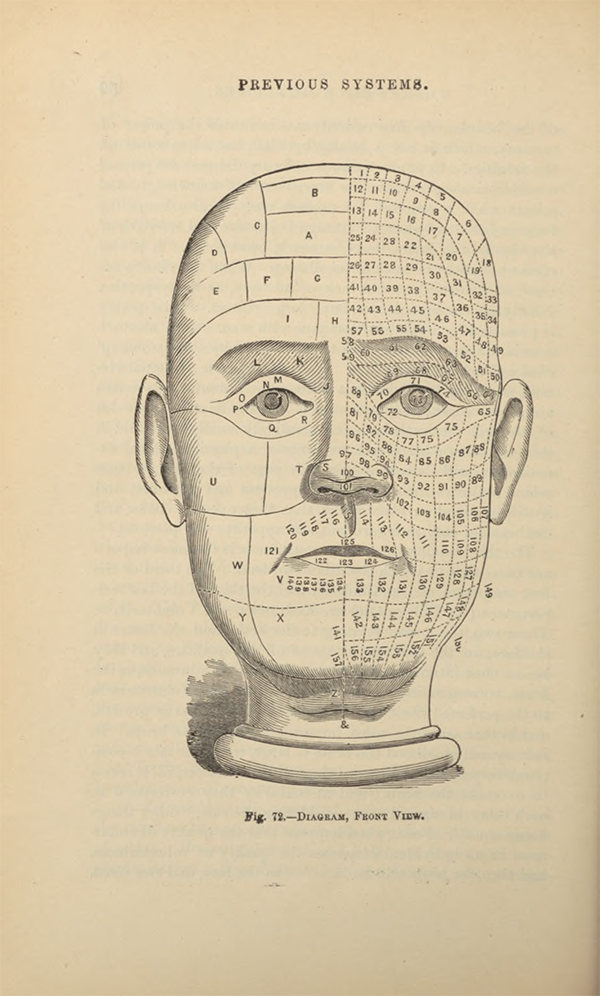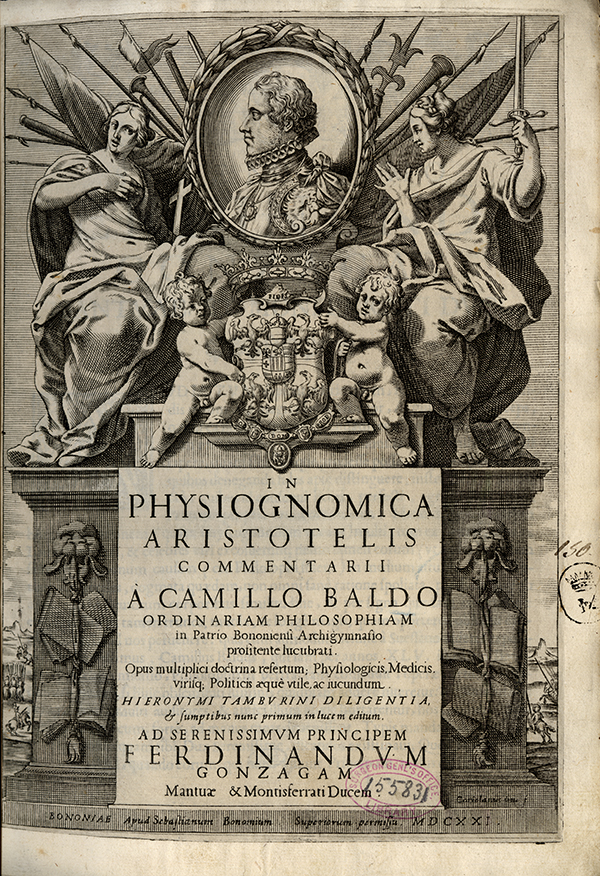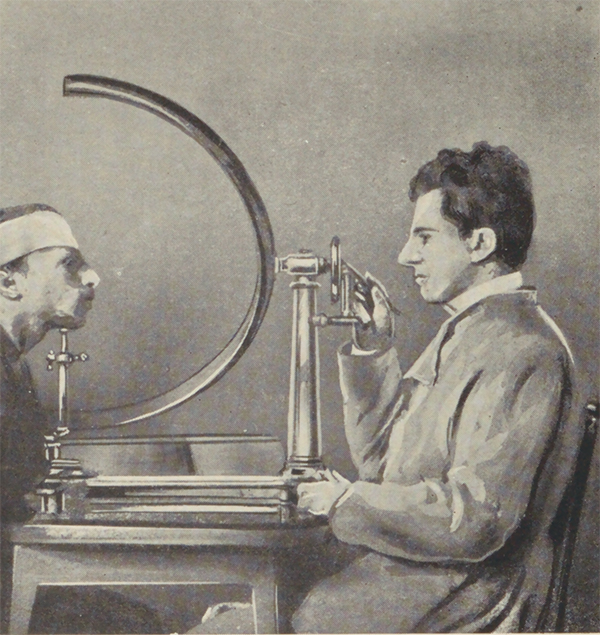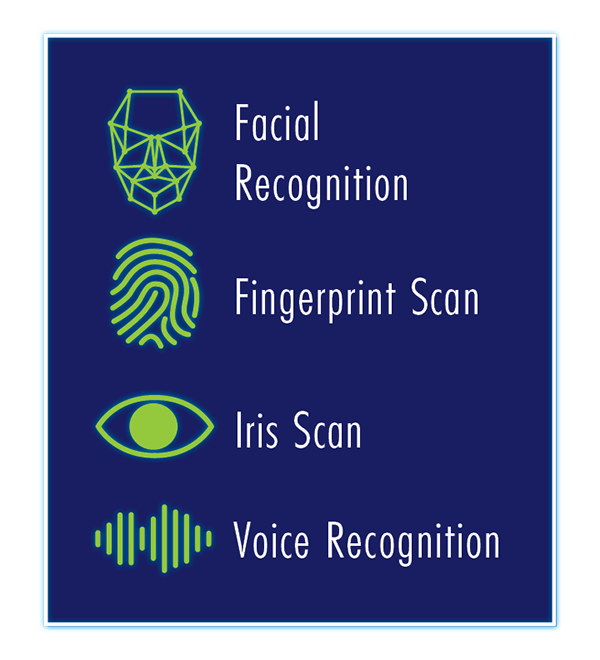NLM Launches a New Online Exhibition – Promising Future, Complex Past: Artificial Intelligence and the Legacy of Physiognomy
The National Library of Medicine (NLM)’s newest online exhibition “Promising Future, Complex Past: Artificial Intelligence and the Legacy of Physiognomy,” explores the history of physiognomy and its influence on contemporary artificial intelligence and computer science technologies that gather and interpret body data.
Promising Future, Complex Past presents the history of physiognomy, which was the practice of assessing mental character based on physical attributes. Now debunked as pseudoscience, physiognomy enjoyed periods of legitimacy and popularity over a history spanning millennia before being discredited in the 20th century. Society has rejected the unscientific aspects of physiognomy, but efforts to gain information from physical characteristics continue through current technologies which have the potential to make the world safer and improve health, while impacting how data is collected, shared, and preserved.
The online exhibition, produced in cooperation with Sameer Antani, Ph.D., Principal Investigator in the Computational Health Research Branch of the National Library of Medicine’s (NLM) Intramural Research Program, includes a digital gallery of selected works from the historical collections of the NLM, which are also available in their entirety in NLM Digital Collections, as well as a selection of links to trusted NLM health information resources. A traveling banner adaptation of the exhibition will tour libraries and cultural institutions around the country, beginning in 2024.
For more, visit Promising Future, Complex Past online.

Facial character chart from New physiognomy, or, Signs of character, as manifested through temperament and external forms, and especially in "the human face divine," ca. 1894
Courtesy National Library of Medicine

Italian polymath Giovanni Battista della Porta (1535–1615) presented the case for physiognomy with detailed illustrations in his work De Humana Physionognomia (1586). Porta’s book helped popularize physiognomy in the 16th century.
In Physiognomica Aristotelis commentii, Camillo Baldi and Geronimo Tamburini, 1621
Courtesy National Library of Medicine

Italian criminologist Cesare Lombroso measured the facial and bodily attributes of thousands of convicts over his career, attempting to prove scientifically that there was a criminal “look.”
From Criminal man, according to the classification of Cesare Lombroso 1911
Courtesy National Library of Medicine

Today’s biometric technologies reference databases of personal information to identify people and limit access to sensitive information and restricted places. They’re used in law enforcement and border security, as well as everyday life.
Types of biometric identification, 2023
Courtesy National Library of Medicine

